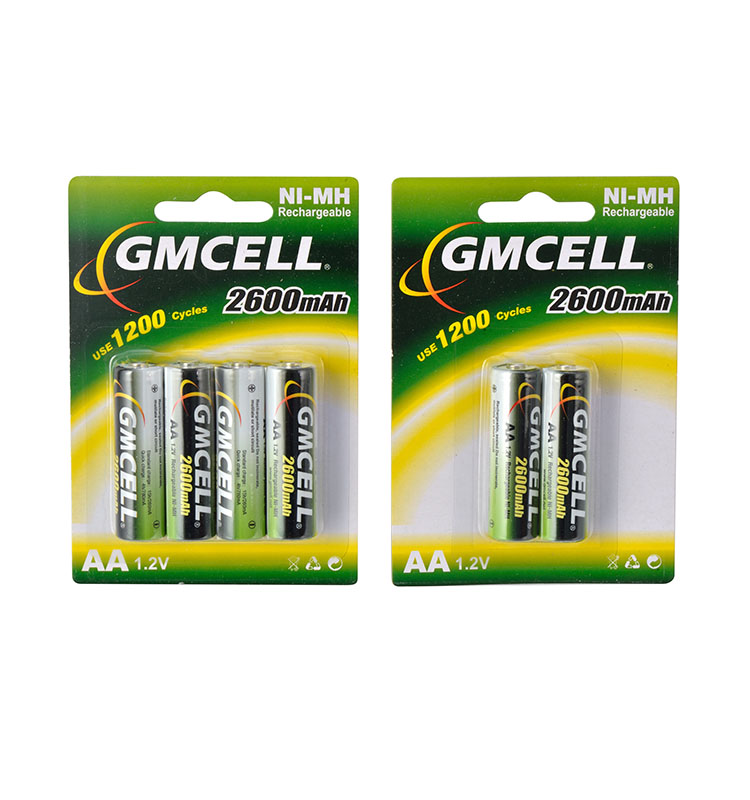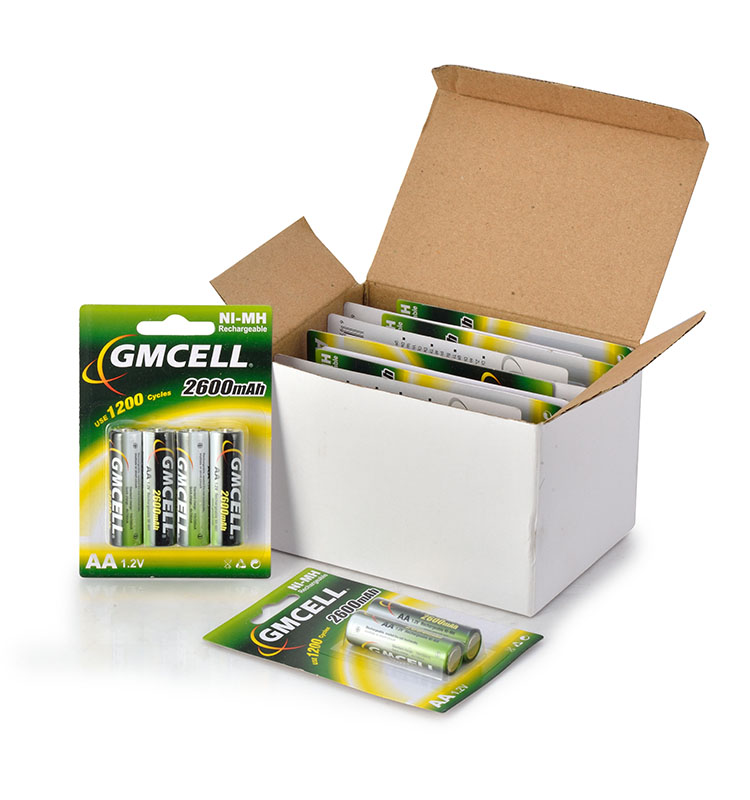
In the quest for efficient and sustainable power solutions, the choice between traditional dry cell batteries and advanced Nickel-Metal Hydride (NiMH) rechargeable batteries is a critical consideration. Each type presents its own set of characteristics, with NiMH batteries often outshining their dry cell counterparts in several key aspects. This comprehensive analysis delves into the comparative advantages of NiMH batteries over the two primary categories of dry cells: alkaline and zinc-carbon, emphasizing their environmental impact, performance capabilities, cost-effectiveness, and long-term sustainability.
**Environmental Sustainability:**
A pivotal advantage of NiMH batteries over both alkaline and zinc-carbon dry cells lies in their rechargeability. Unlike disposable dry cells that contribute to significant waste upon depletion, NiMH batteries can be recharged hundreds of times, drastically reducing battery waste and the need for constant replacement. This feature aligns perfectly with global efforts towards reducing electronic waste and promoting a circular economy. Moreover, the absence of toxic heavy metals such as mercury and cadmium in modern NiMH batteries further enhances their eco-friendliness, contrasting with older generations of dry cells that often contained these harmful substances.
**Performance Capabilities:**
NiMH batteries excel in delivering superior performance compared to dry cells. Offering higher energy densities, NiMH batteries provide longer runtime per charge, making them ideal for high-drain devices such as digital cameras, portable audio equipment, and power-hungry toys. They maintain a more consistent voltage throughout their discharge cycle, ensuring uninterrupted operation and optimal performance of sensitive electronics. In contrast, dry cells tend to experience a gradual voltage decline, which can lead to underperformance or early shutdown in devices requiring steady power.
**Economic Viability:**
While the initial investment for NiMH batteries is typically higher than that of disposable dry cells, their rechargeable nature translates to significant long-term savings. Users can avoid frequent replacement costs, making NiMH batteries a cost-effective option over their entire lifecycle. An economic analysis considering total cost of ownership often reveals that NiMH batteries become more economical after just a few cycles of recharge, especially for high-use applications. Additionally, the declining cost of NiMH technology and improvements in charging efficiency further enhance their economic viability.
**Charging Efficiency and Convenience:**
Modern NiMH batteries can be rapidly charged using smart chargers, which not only shorten charging times but also prevent overcharging, thus prolonging battery life. This offers unparalleled convenience for users who require quick turnaround times for their devices. Conversely, dry cell batteries necessitate purchasing new ones once depleted, lacking the flexibility and immediacy provided by rechargeable alternatives.
**Long-Term Sustainability and Technological Advancement:**
NiMH batteries are at the forefront of battery technology advancements, with ongoing research aimed at improving their energy density, reducing self-discharge rates, and enhancing charging speeds. This commitment to innovation ensures that NiMH batteries will continue to evolve, maintaining their relevance and superiority in a rapidly changing technological landscape. Dry cell batteries, while still widely used, lack this forward-looking trajectory, primarily due to their inherent limitations as single-use products.

In conclusion, Nickel-Metal Hydride batteries present a compelling case for superiority over traditional dry cell batteries, offering a blend of environmental sustainability, enhanced performance, economic practicality, and technological adaptability. As global awareness of environmental impacts and the push for renewable energy sources escalate, the shift towards NiMH and other rechargeable technologies seems inevitable. For users seeking a balance between functionality, cost-efficiency, and environmental responsibility, NiMH batteries emerge as the clear frontrunners in the modern power solution landscape.
Post time: May-24-2024




